Dragon Age: The Veilguard REVIEW
BioWare is BACK!
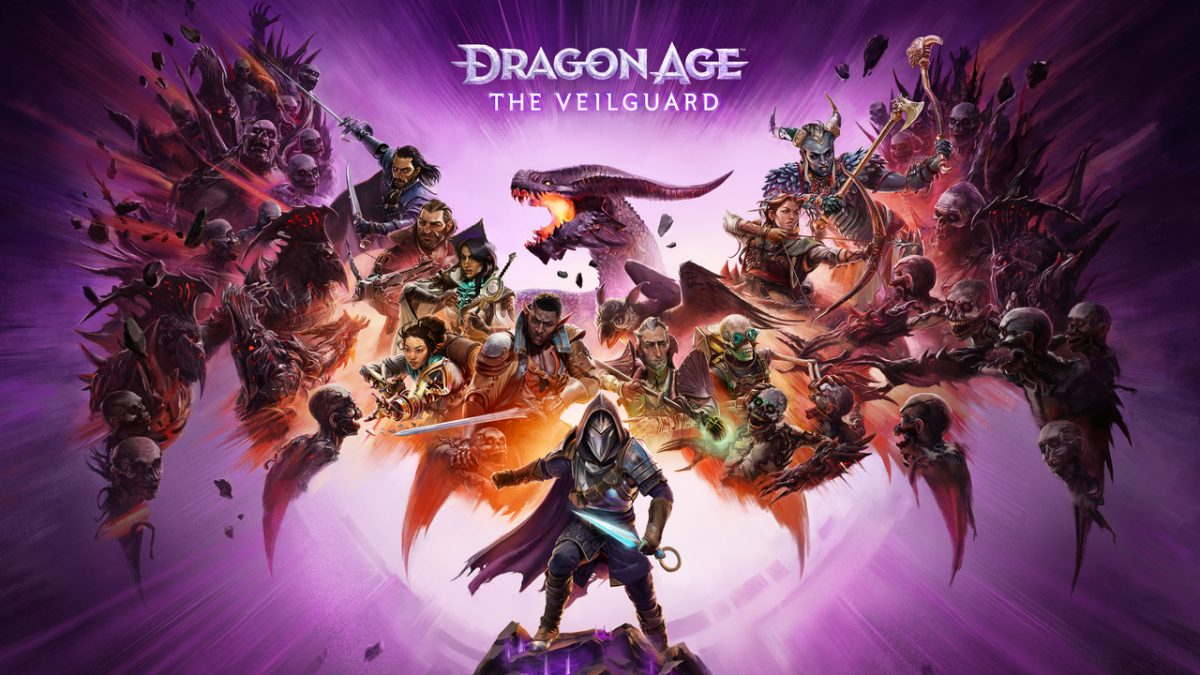
Score: ★★★★½
Dragon Age: The Veilguard is the long awaited fourth entry in the Dragon Age franchise. It’s been 10 years since the incredible Dragon Age: Inquisition, with BioWare giving us the lukewarm Mass Effect Andromeda and the unfortunate disaster of Anthem in quick succession. Even Dragon Age: The Veilguard went through many revisions during production, with the game’s story scrapped and reworked from the ground up, initially developed as a live service title at the close of the 2010s, before being reworked into a solo 3rd person adventure. It’s safe to say that BioWare needed this to be a hit, but on a personal level - I needed this to be a hit.
Having been a fan of BioWare since the days of Neverwinter Nights to that shocking reveal in Knights of the Old Republic, to battling the Reapers with Shepherd in Mass Effect and becoming the hero of Fereldan in Dragon Age: Origins - I have been longing for the days when BioWare took us on incredible journeys. And I can safely say after stepping back into the world of Thedas with Dragon Age: The Veilguard - the BioWare magic is well and truly back.
I’ll keep story details as spoiler free as possible with only references here and there to things that have already been shown. So with that in mind, let’s talk about Dragon Age: The Veilguard.
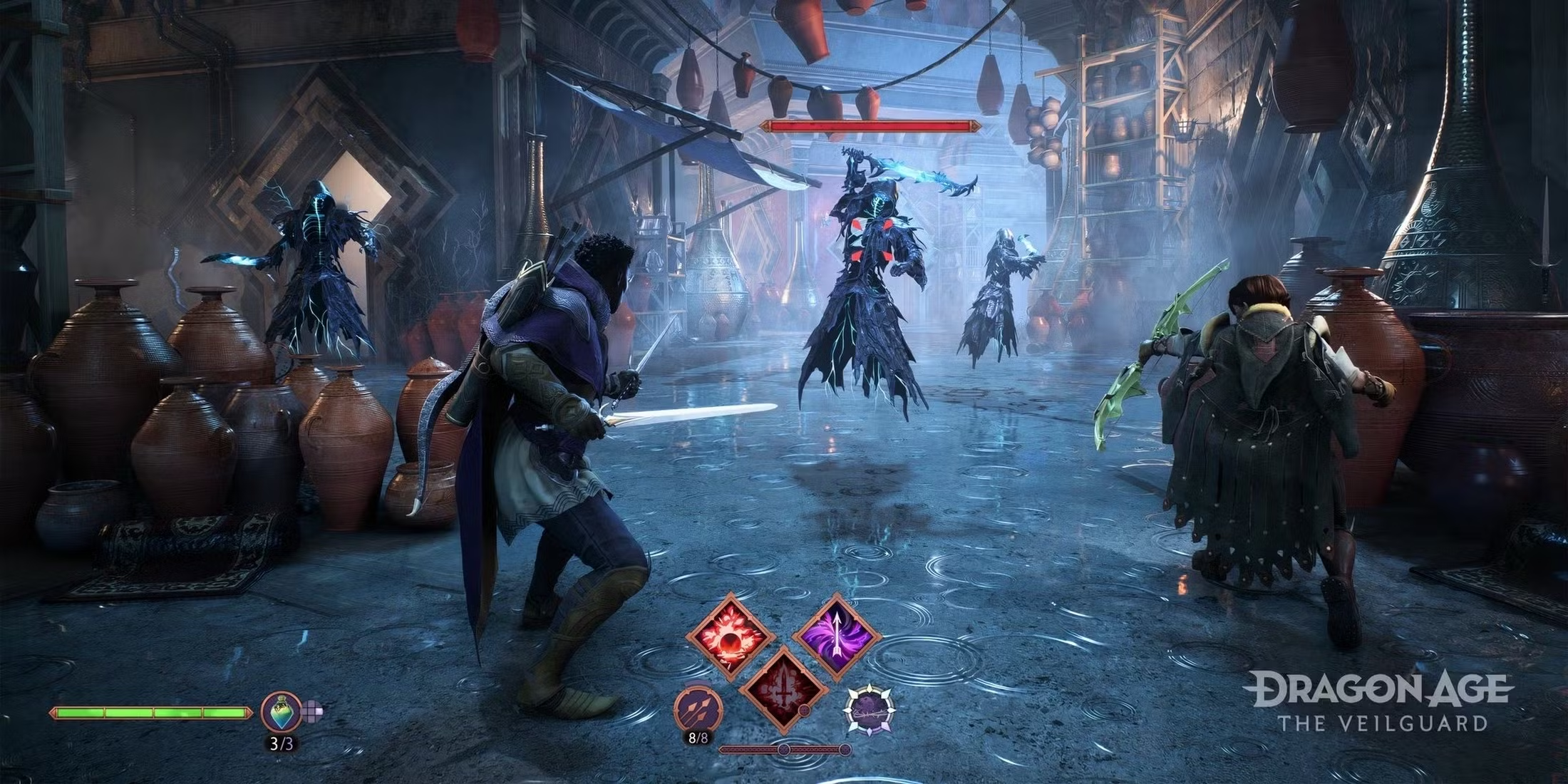
Dragon Age: The Veilguard picks up where Inquisition’s Trespasser DLC left off, with Solas revealing himself as Fen’Harel and his plans to destroy the Veil and allow the ancient race of elves to return. You play as Rook, a character hired by Varric to aid in stopping Solas in his pursuit. In the opening hours of the game, a confrontation with Solas sets the narrative direction of the game with you working to resolve the repercussions of that encounter. In very BioWare fashion, you recruit companions along the way with particular skills and backgrounds who can aid you throughout your journey and who also have a personal investment in some way.
You decide upon Rook’s faction, backstory and race, which play significant parts throughout the game when meeting particular factions and characters. During my playthrough, I designed my Rook as a Dalish elf and part of the Veil Jumpers and was instantly met with resistance from other Veil Jumpers following a decision I made during an expedition. It gave me a taste of Dragon Age: Origins in a way, forever being reminded of my beginnings to both positive and negative effect, and giving my character a more defined sense of identity. Plus, it’s always a pleasure hearing your sassier companions yelling lines like, “Not bad, for a Veil Jumper!” during moments of combat.
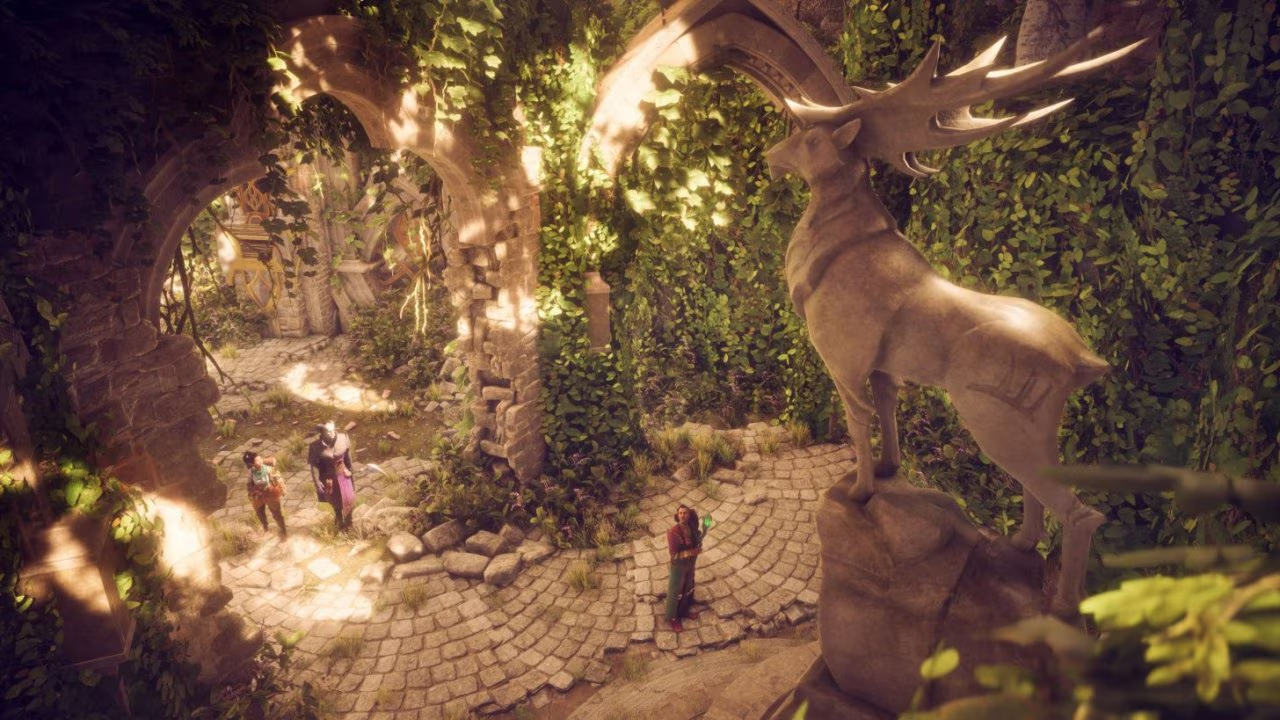
Your journey takes you across Thedas in some of the most beautiful locations ever seen in a Dragon Age game. The lush landscapes of forests, to bustling metropolitan cities, to even an eerie necropolis and an underwater prison - BioWare have gone all out in creating the world for you to explore with remarkable design. The detailed approach to each location adds to the storytelling of the game. From small, intricate markings on walls to larger Blight infected areas, each location is given a feeling of substance distinct from each other and effectively adds to the world building within the game.
One of the key locations you come to know is the Lighthouse, which acts as your home base between missions. Reminiscent of Skyhold in Inquisition, the Lighthouse grows over time and allows you to get to know your companions better if you take the time to do so. As with any classic BioWare game, this is strongly advisable as some of the game’s best writing comes from interactions with your companions and getting to watch their arc develop alongside your character’s too.
As you journey through the story, you face a number of significant plot moments as the result of decisions you make in classic BioWare fashion. Smaller moments become big moments, characters may or may not come to your aid, and particular locations suffer the fallout of your decisions. You face numerous battles that range in scale from fighting Blight ridden grunts to enormous intimidating dragons and even very powerful gods. There are no holds barred with the sense of scale of your journey and by the end you feel an attachment to your companions and a true sense of accomplishment as the credits roll.
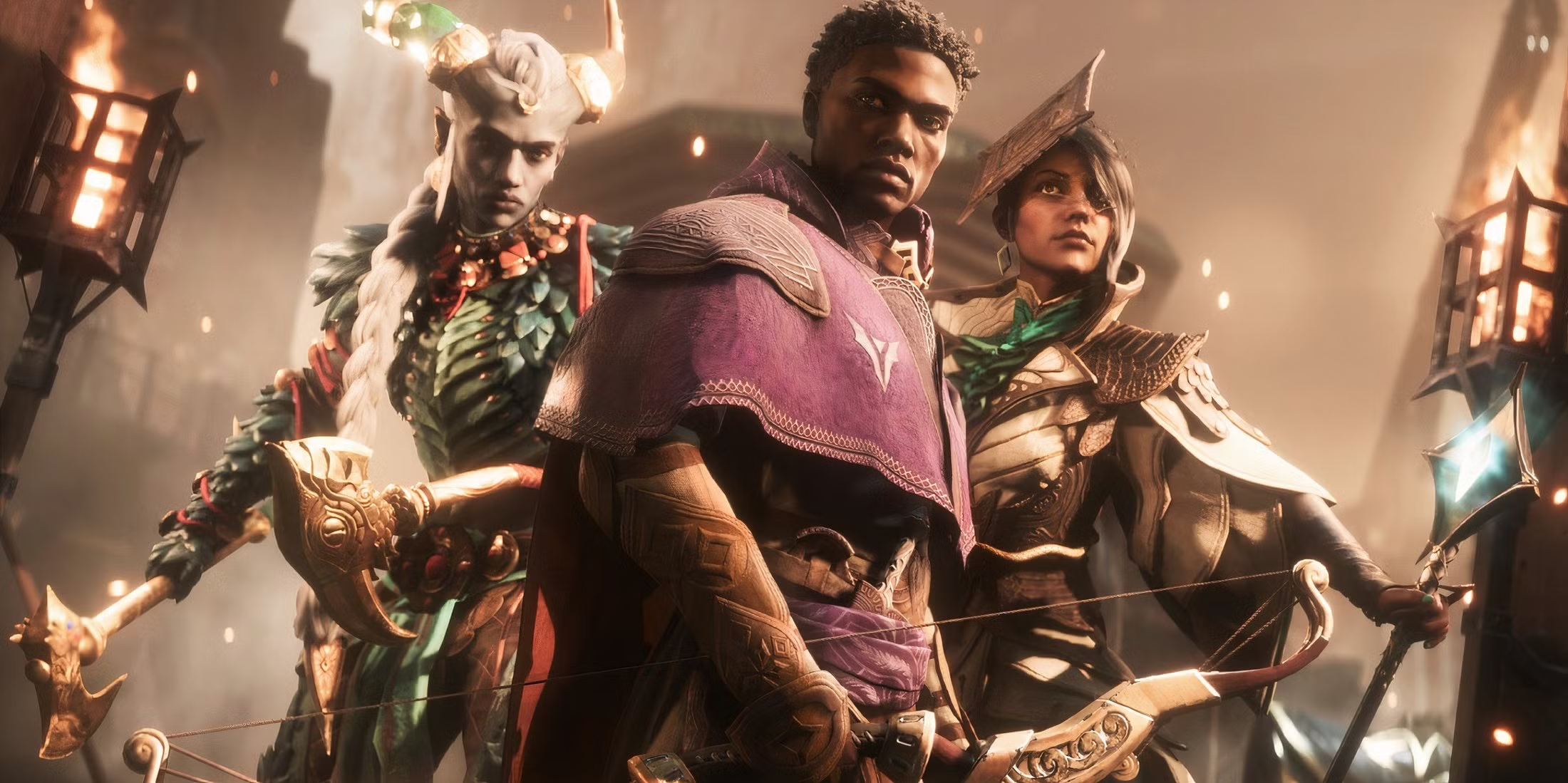
The Rook you start out with is a different Rook by the end as you weigh up your wins, failures and losses that got you there. At the start of the game, Rook is very unsure of themselves - heavily relying on characters like Varric and Solas for guidance in making those tough decisions as a leader. But as dialogue options invite you to carefully consider these decisions or arrogantly brush them off, it is ultimately up to you to decide the type of leader Rook will become.
Some of the game’s best moments come as throwbacks to the franchise’s previous entries, such as Morrigan’s reappearance, once again voiced with the dulcet tones of Claudia Black. But it’s the more niche references that really get me. One highlight in particular during a companion mission with Harding that brought a smile to my face like a gleeful wide eyed child on Christmas day. For new players to the franchise, there is a wealth of knowledge in an in-game library and index which details character races, political and social factions, significant historical events and characters, religions and much more about the world. Truly, the game manages to successfully balance inviting new players into the world whilst winking at returning players who are back in familiar territory.
As well as choosing Rook’s race and backstory, you are also invited to design your Rook in one of the most exhaustive and diverse character creators I have ever seen in a game. Of course, the usual suspects are there - but deciding the precise facial and body details and checking how they all look in different lightings is next level stuff. And that’s not even mentioning the more unique aspects like deciding upon the cataracts in your Rook’s eyes!
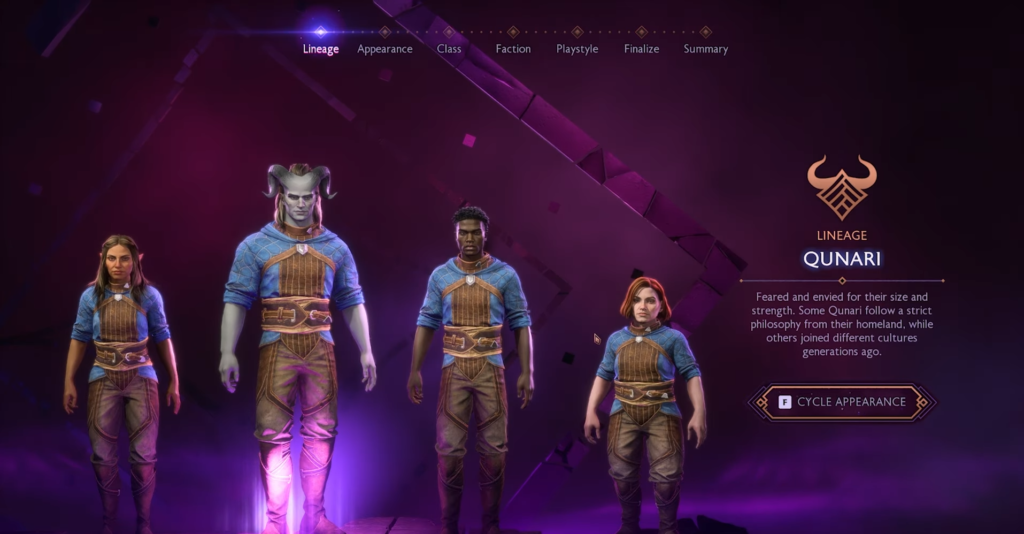
With a vast amount of hairstyles, tattoos, skin colours, complexions and more, you are truly able to create a Rook in your vision with as much or as little of everything available to you. And that level of customisation is also available with the game’s heads-up display. You can customise what you want and don’t want to see on screen - from the mini map to the directional icons which lead you to where you need to go for a quest - allowing you to adjust your level of immersion as you prefer.
There are, however, notable differences in gameplay compared to previous entries in the franchise. One such example comes in how the game deals with the various weapons and armour that you obtain. When approaching a merchant, you will not see an option to sell unwanted weapons and armour - instead only being able to sell valuables discovered during your adventures. This may initially confuse players given it has always been a staple of any Dragon Age game, however BioWare have reworked this convention in an innovative way.
Every piece of armour or weapon comes with perks that are initially locked when you obtain them. As you continue playing, you find items which enable those perks to become unlocked, which offers a feeling of freshness to them. As you visit various merchants, you can also upgrade your items to make them stronger as you progress through the game. BioWare’s implementation of this system is making strides in allowing you to become more familiar with your equipment, leaning on each as they become more powerful for different situations, and moving away from a traditional carousel of finding new equipment you use for a short amount of time before quickly discarding it for something else.
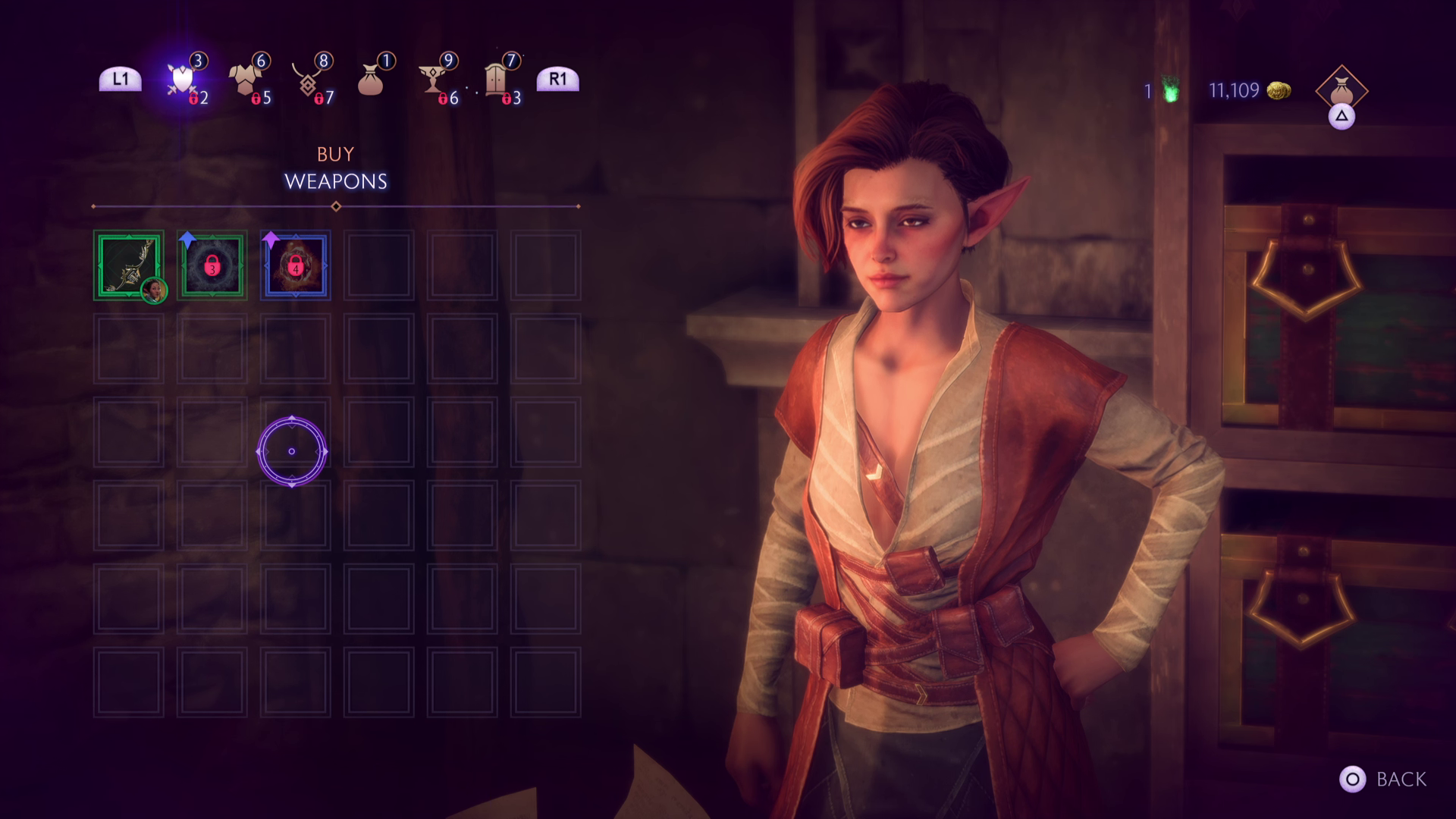
The notable improvements which BioWare have added give the game a better flow - from doors opening as you approach them (no more running into them while waiting for them to open) to the speed in which you climb up ladders being dramatically increased! Exploring off the beaten path is still incredibly rewarding, with plenty of chests, items and currency to find as you explore the locations around you (the animation of you catching an item midair as you open a chest never gets old!), and a summary popping up on screen after completing missions helps to contextualise the significance of how that particular mission plays a part in the wider narrative of the game.
A staple of BioWare games is making decisions which have stark consequences, and this entry is no different. Some of the best moments come when you’re forced to decide on a course of action, knowing either choice will negatively impact at least one of your companions later on. A particular moment towards the middle of the game had me staring at the screen weighing up the implications of either option. Not only did it change my relationship with that character I chose against, but it also heavily affected their home city in the worst way.
It’s moments like this which add replay value to the game automatically, compelling you to replay and discover how things turn out otherwise. Smaller decisions are also fun, with a highlight being to either talk an annoying character down or punch them in the face (taking me back to that sweet renegade decision with a reporter in Mass Effect) Decisions matter here and you feel the weight of them as any leader in a BioWare game should.
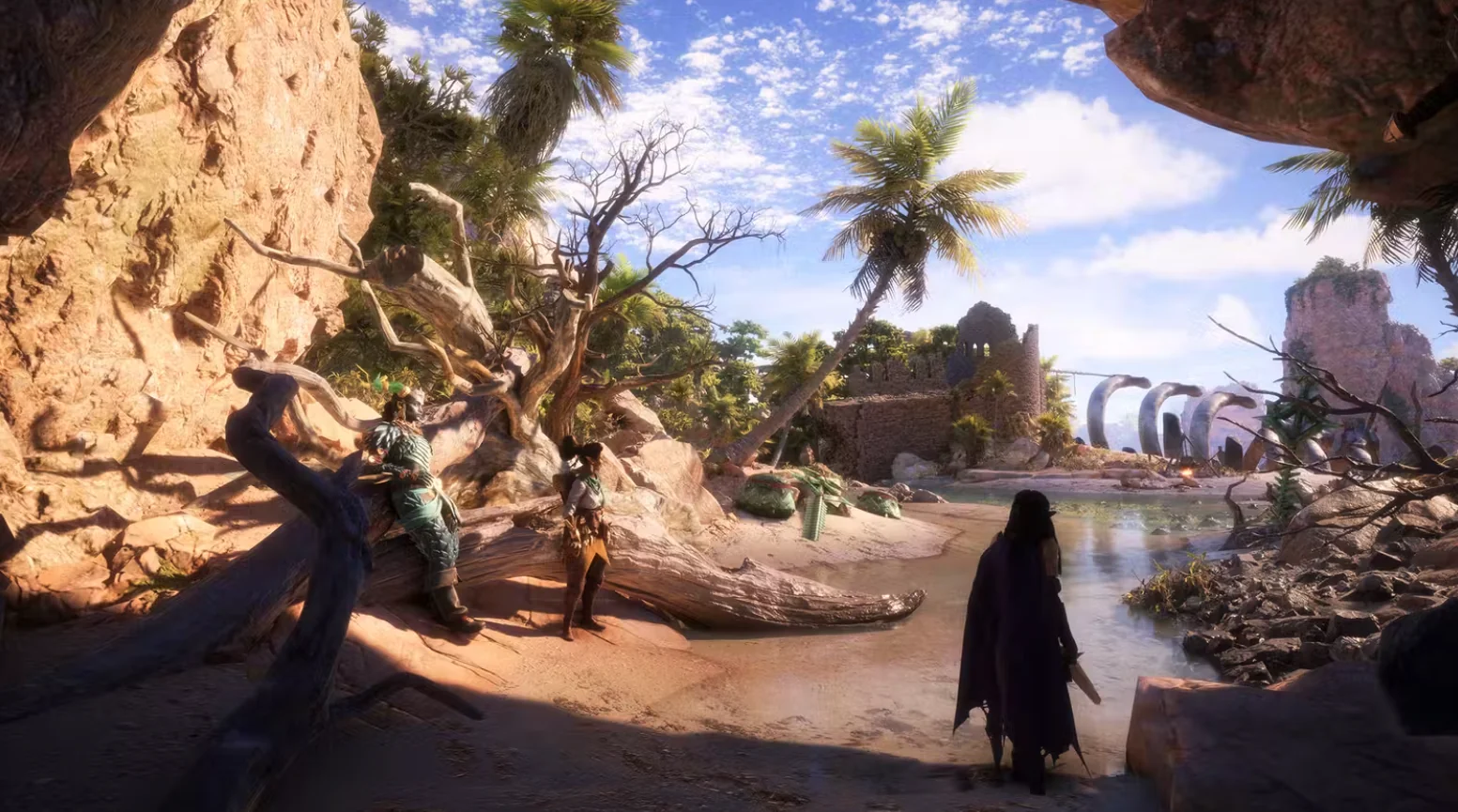
Combat is very much the star of the show in Dragon Age: The Veilguard. Although the birds eye view tactical mode has been replaced for a more action oriented approach, the variation in combat and enemy design allows for a truly exhilarating experience. Starting out with 2 weapon types to switch between at any time, you have a quick attack, a slower heavier attack, and a stronger hold attack which you combine together with combos. As you attack enemies, you are constantly filling bars which allow you to unleash much more deadly attacks.
A stand out of this is your ultimate attack, which unleashes a huge area of effect ability that significantly damages any enemy caught in the blast. Your 3 main abilities are equipped at the bottom of the screen, but the ultimate joy is discovering which of those abilities combines with your companions’ abilities to unleash a devastating attack.
Each enemy also has a stagger bar above their health, which fills as you attack and allows you to complete a finisher move. When that time comes, I never tire of it. During my playthrough as a mage, lifting enemies with my orb and throwing my knife into or lifting them overhead with my staff and slamming them into the ground was satisfying every single time.
Combat is fast paced and unforgiving, but also very tactical in its own right. You will find yourself dodging and moving around the battlefield constantly whilst employing a variation of quick attacks, powerful attacks and pausing the game to select your abilities alongside your companions. Although you cannot directly play as your companions a la previous Dragon Age games, you still control how they use their abilities as well as the armour they wear and the weapons they use.
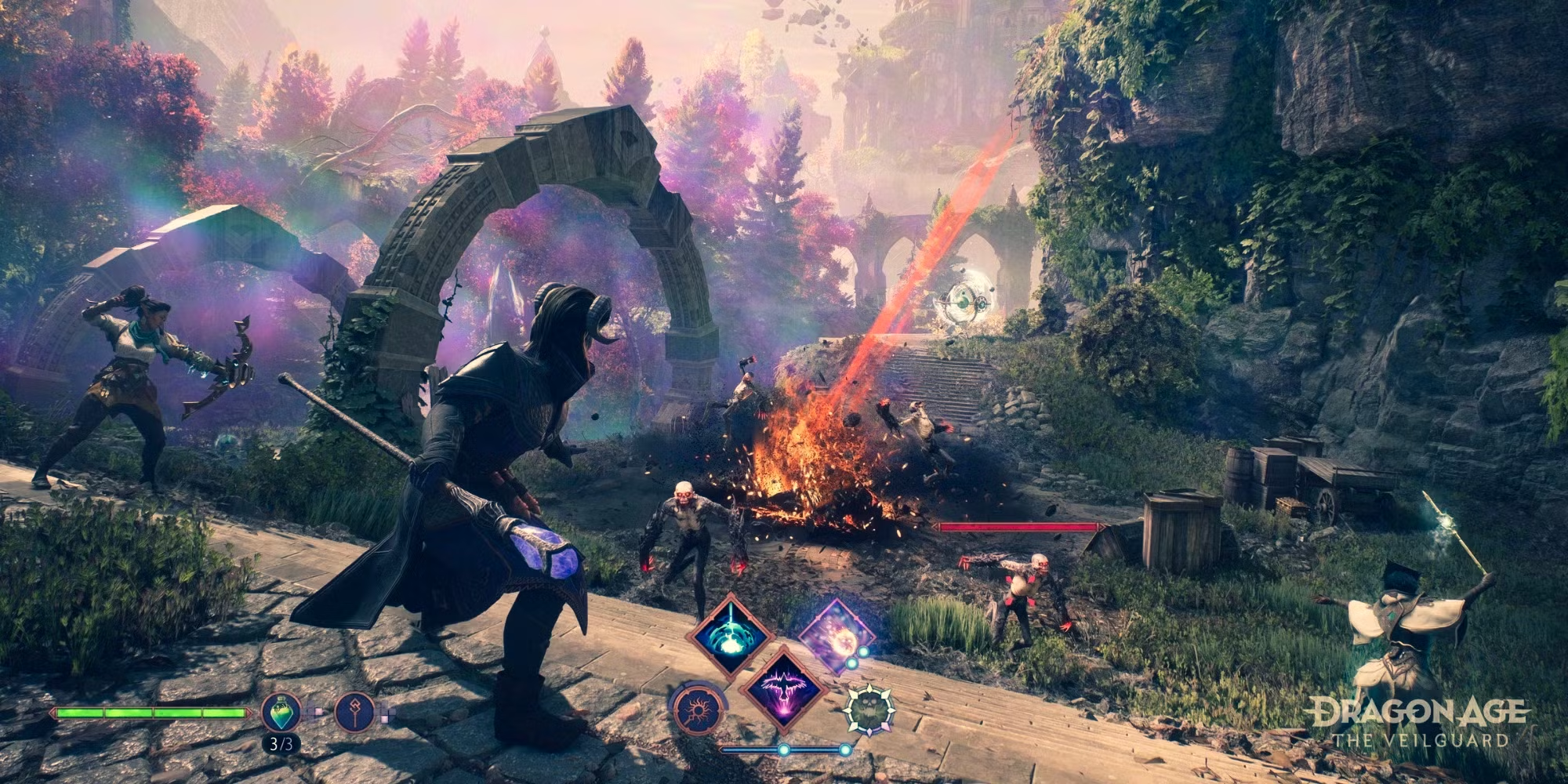
Enemies are varied within the game which keeps you on your toes. When hordes of enemies come for you, it’s about deciding which enemies to take out first, which abilities work best against them and also watching behind you. It’s tense, it’s action packed, but also it’s very fun.
What would any BioWare game be without a close group of companions that accompany you on your journey? Dragon Age: The Veilguard is no exception here with a choice of seven companions, each of whom belong to a different faction within the game and have their own reasons for joining you. Some interactions with them are stand out moments from the game, especially in their companion missions that vary from learning about the perfect cup of coffee, to helping to train a baby griffon, and even attempting to save a character’s brother from corruption.
It’s here we come to understand our companions better, learning about their inner demons and concerns and really getting to the route of who they are. You can, of course, romance each of them which allows you to access that extra charm to their character and explore an extra relationship with them. And thankfully conversations between companions have been updated whereby, if interrupted, will pick up where they last left off as you continue your journey.
BioWare are truly at their best when they are given space to write characters who are interesting, engaging and distinct. Some of the best moments in a BioWare game are watching your companions grow alongside your protagonist and here we see them grow, learn, develop and become stronger versions of themselves by the game's end.
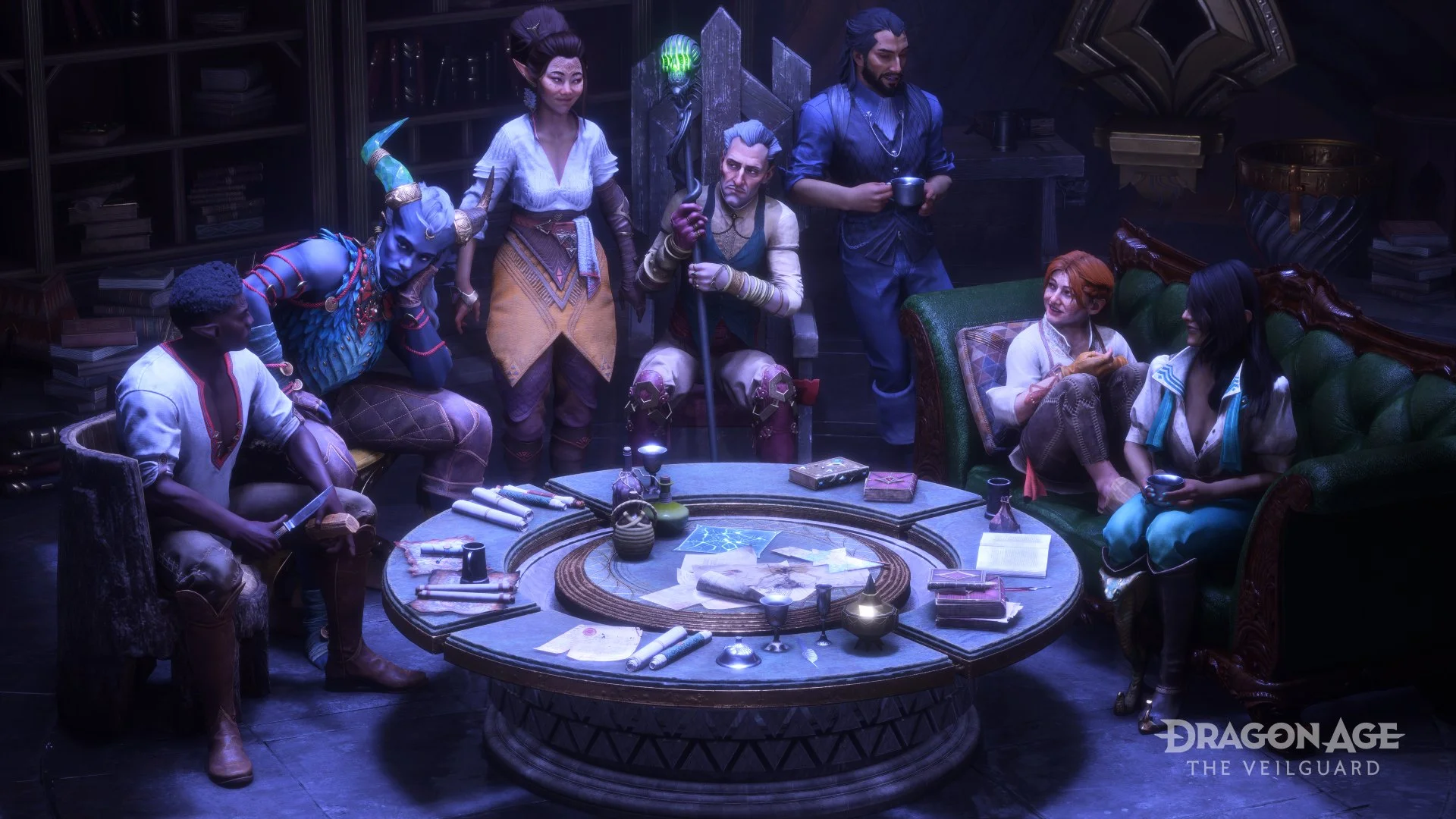
Solas is one the most interesting and layered characters to come from the Dragon Age franchise and BioWare provides us with ample opportunity to really delve into his complexities. From engaging in frequent conversations to accessing his memories in becoming the Dreadwolf, we come to truly understand Solas’ motivations as a more morally grey character doing what he believes is best. As Rook grows as a character, they do so in part by understanding more about Solas and, in turn, making some of those big choices all the more difficult to decide upon.
It is always a pleasure seeing Varric in a Dragon Age game. Taking on a more paternal role here, Varric guides you through the game. And in his classic storytelling fashion, he serves as the game’s narrator as he recaps events which have taken place and the result of your decisions. Rook learns from a seasoned Varric when taking up their role as leader and hearing him recount tales from Dragon Age 2 and Inquisition in his teachings is always a delight as a fan of the series. Varric is a beloved character and by the end of the game, you’ll come to appreciate him as a cornerstone of the franchise.
The major antagonists of the game are taken to the next level in terms of big bads you have fought previously in prior games. Without going into spoilers, their look and character design ranges from sinister looking to downright grotesque when you get a closer look at them. Their boss battles are very different from each other given their look and abilities, but are incredibly fun to fight when figuring out the best methods to take them down.
And they certainly have more of a presence in the game compared to Corypheus in Dragon Age: Inquisition, highlighting that BioWare learnt their lessons from Corypheus almost feeling like a part time antagonist. They’re sinister, foreboding and you feel the impact of their presence when traversing the Blight infected areas of the game.
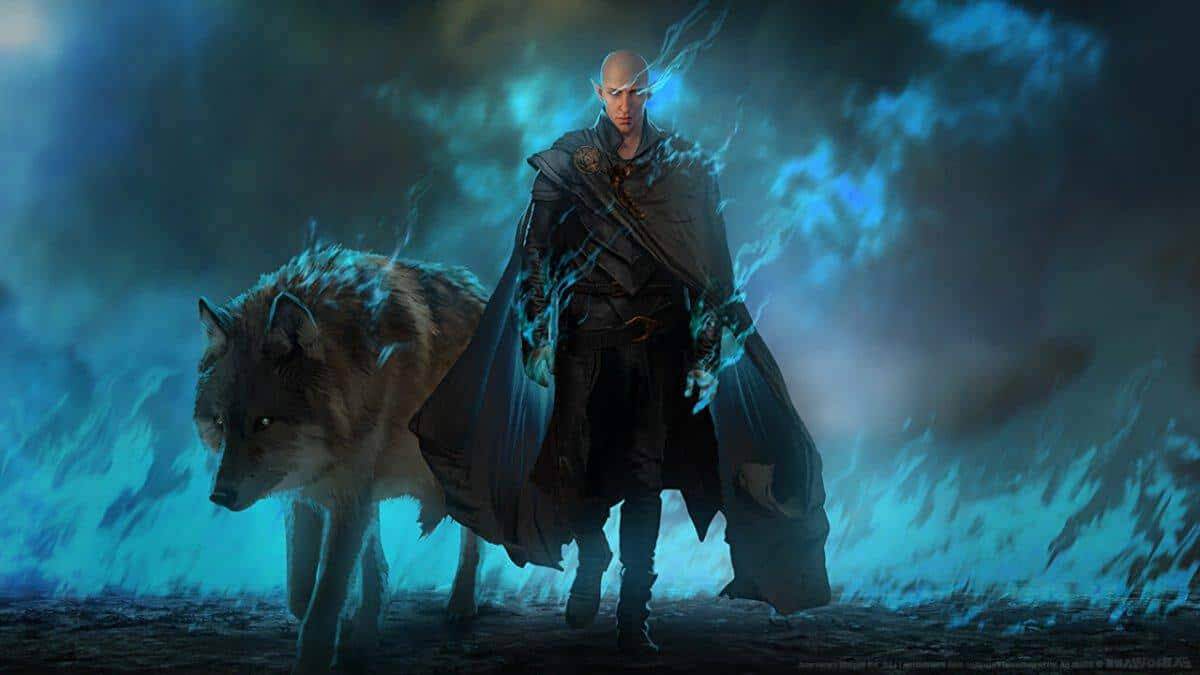
As with all Dragon Age games, there are major changes in places from previous instalments which are going to land differently with fans. One of the most obvious here is the stylisted art design, particularly in the characters and enemies. Previous Dragon Age games have employed a darker fantasy aesthetic, which has personally always been a favourite. While the locations of the game certainly lean more towards this, smoother faced Qunari characters as a stylistic choice are a far cry from the brutal Qunari ravaging Kirkwall in Dragon Age 2.
And while I absolutely appreciate BioWare exploring variation with races and character designs in their games, everytime I look at an Ogre in Dragon Age: The Veilguard, I can’t help but see the head of Sir Daniel Fortesque from the game Medieval.
When it comes to your companions, previous games have presented them with individual abilities that align with their class. For example, your rogue character was your go to for lockpicking chests and doors. This has been overhauled here, as each character has a unique ability that aligns with either their race, class or faction. Each are varied in how they allow you to access further locations, giving the game a feeling of a Metroidvania when coming back to an area now accessible with a new companion and their relevant ability.
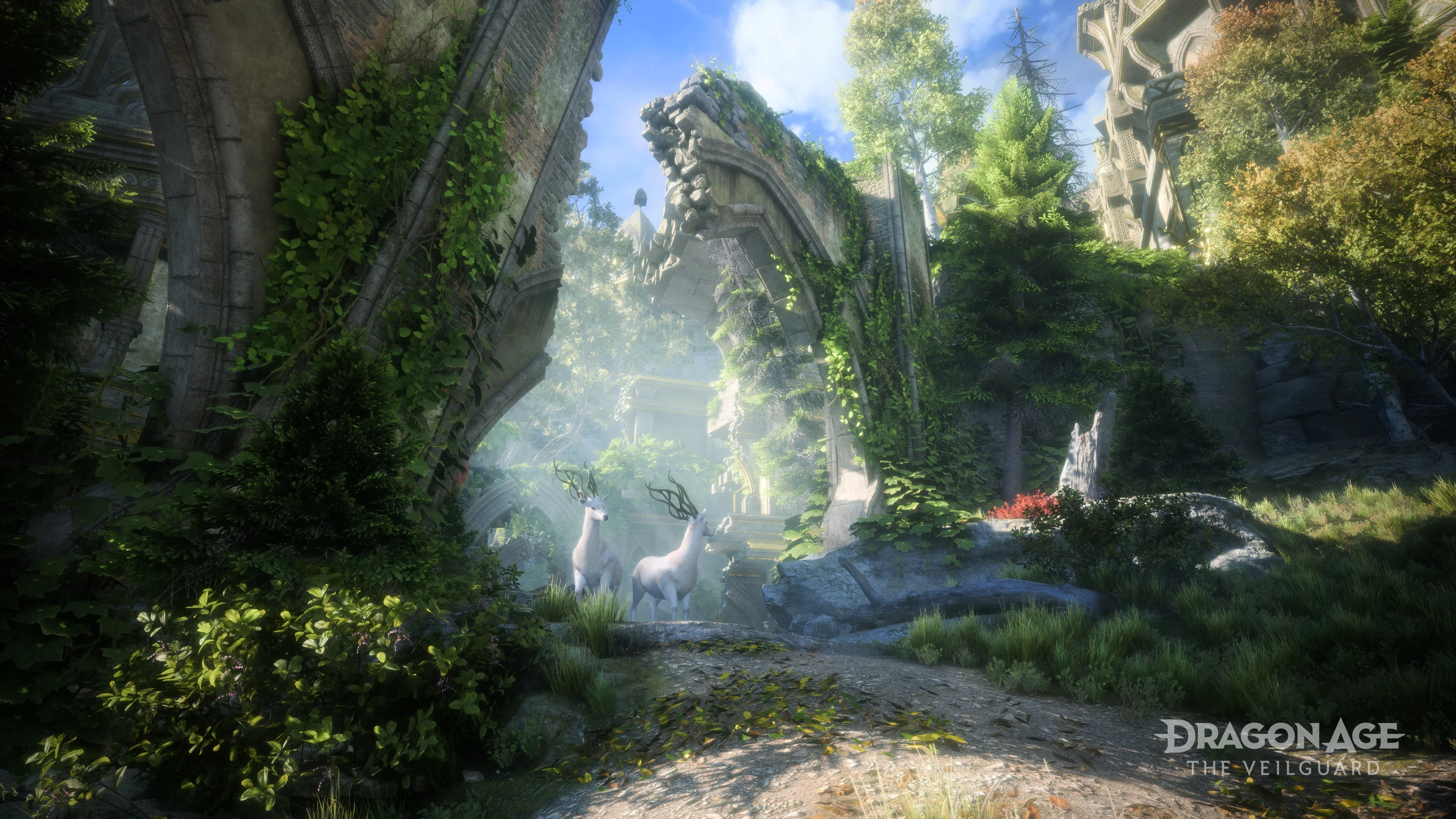
However, once you acquire what I’ll call a ‘magic dagger’ for the sake of spoilers, this starts to feel redundant. If a particular companion isn’t in your team when you need to access a certain area, the dagger simply does it in their stead. And while I appreciate that this is an intentional decision to not break the momentum of gameplay (previously having to run back to swap out characters at camp in Inquisition) this does leave you wondering ‘why not let the dagger just do it always?’ Afterall, all chests are open in the game and don’t require a rogue to unlock them.
In terms of gameplay, Dragon Age: The Veilguard feels the most different from the usual Dragon Age style. It is clear that it borrows from 2018’s God of War in terms of exploration and combat, especially with receiving temporary abilities from ruins, comboing light and heavy attacks and parrying. Enemies also have colour coded attacks with grey and yellow allowing you to block or parry and red being unblockable. Companions also feel less vulnerable this time around, with a feeling that they are there to serve you more during combat than anything else.
And while they absolutely do hold their own when taking on enemies, none of my companions ever died; a stark contrast to previous Dragon Age games. Players who are familiar with 2018’s God of War will recognise a lot in Dragon Age: The Veilguard, which will hit differently for Dragon Age fans. And honestly, it’s hard not to miss that tactical view and balancing that level of threat towards your companions. However, every single Dragon Age game has played differently from the last, each changing in a way that takes influences, builds upon its previous instalment and defines its own distinct personality.
Dragon Age: The Veilguard is a welcome return to the Dragon Age franchise. Exploring the beautiful world of Thedas has never felt more alive and the journey you take with Rook stands tall alongside your previous adventures as the Hero of Ferelden, Hawk and the Inquisitor. And while Dragon Age: The Veilguard may feel different in places to previous instalments, there is plenty of Dragon Age DNA for fans to enjoy and new players to become accustomed to. The skin of this game may look different, but rest assured that the bones are very much the Dragon Age we know and love.
Also, it's not only momentous for fans to have a new Dragon Age game at long last, but this also serves as an important sign to the gaming industry. In a video game landscape riddled with microtransactions and games as a service, at one point Dragon Age: The Veilguard almost became another product of an outdated failed system. Time and time again we see publishers push developers out of what they do best to align their product with the profiting needs of corporate driven interests.
BioWare saved Dragon Age: The Veilguard from that fate and have created a game which speaks to their strengths as developers, giving us what BioWare do best with characters, storytelling and taking you on an unforgettable adventure. Playing a big RPG from this developer should feel like a moment and that moment is this:
BioWare are back.